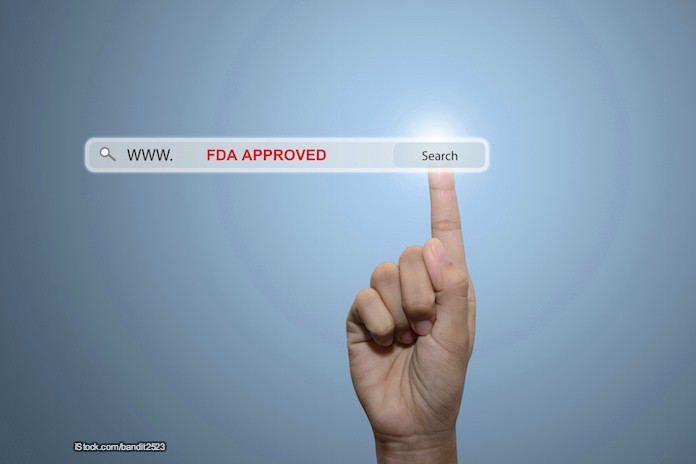The FDA is charged with making sure that foods and drugs are safe to eat and use. If you have a problem with a product that this agency regulates, you can report it.

FDA regulates about 20% of the products sold in this country. They include human prescription and over-the-counter drugs; medical devices; foods, including dietary supplements, infant formulas, beverage, and ingredients added to foods; veterinary products, including foods and drugs for animals; electronic products that give off radiation; biologics, including vaccines, blood, and tissues for transplantation; and cosmetics. The FDA also regulates tobacco products.
If you report a problem to the FDA, you could help identify a risk and protect others from harm. Your report could also help the FDA know when to trigger preventive and protective actions. Products may be removed from the market if they are deemed and hazard.
You are report products that cause unexpected side effects or adverse events. You can also report quality problems and potentially preventable mistakes, such as labels or packaging that look alike. Report medical products that do not work well, and of course, report any food concern, from illness or allergic reactions.
Dr. Anna Fine, director of the FDA’s Health Professional Liaison Program said, “if it’s serious to you, we want to know.” She said you should report an issue even if you aren’t sure a specific product was the cause of the problem.
You can report a problem to the FDA online, via phone, or mail. In limited emergency situations, which are urgent but not life-0threatening, call the emergency line at 1-866-300-4374 or 301-796-8240. This line is staffed 24 hours a day.
For non emergencies, call the FDA Consumer Complaint Coordinator who works with your state. Or you can visit the FDA non-emergency reporting page.
In your report, include as much detailed information as possible. Identify the age, sex, and ethnicity of the person affected. Include the name, manufacturer, or strength of the drug, or the name of the product. Also name the address of the store where you bought the product and when you bought it. Include details about the problem, such as symptoms, and also include information about medial treatments. Product codes, numbers, and dates on the packaging are also helpful.




